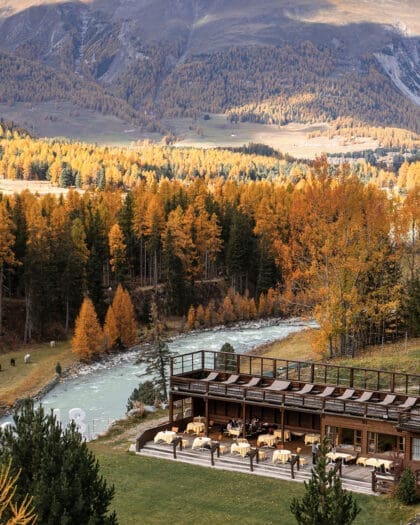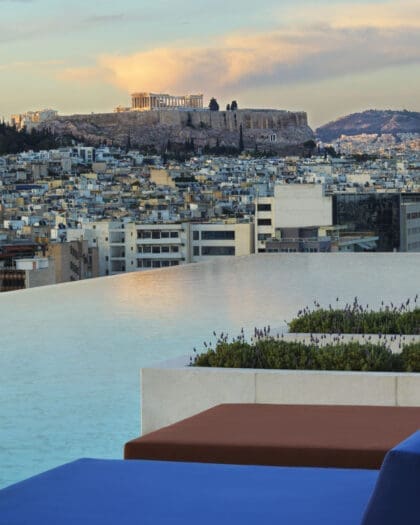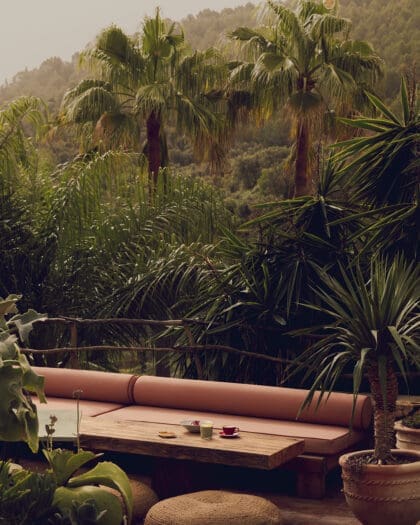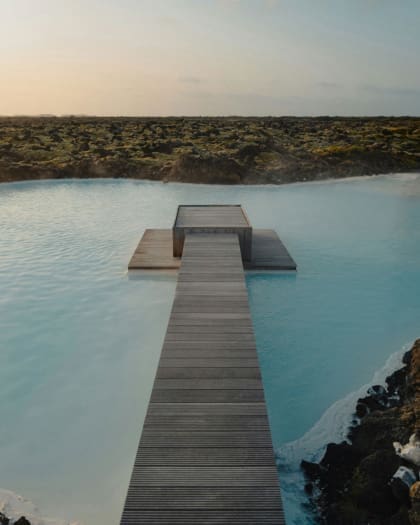
Accessible travel: charting the world’s most inclusive destinations
From international cultural institutions to lesser known attractions worthy of extended exploration, we introduce the pioneering destinations leading the way in accessibility and inclusivity
There is a common misconception that disabled people and those with accessibility requirements are not valuable customers commercially, and don’t represent enough of the population to warrant inclusive improvements in travel and tourism.
As a wheelchair user who would need far more than 20 digits to count how many of my disabled friends adore travel, I just know that’s not true. And, thankfully, recent studies support this, showing that accessible tourism is a significant emerging market, and is expected to generate revenues of approximately 88.6 billion EUR (75.3 billion GBP) by 2025, according to a report published by ISO in 2022.
So maybe it’s time to celebrate those cultural institutions and attractions around the world that have taken initiative, listened to those with lived experience, and are getting their accessibility right. Some of these venues are globally recognised, while others you may not have come across. All of them, in some way, represent good practice design, service and information for those who have physical, sensory and, or, cognitive impairments, and accessibility requirements. And, aside from one of them – the US Olympic and Paralympic Museum, which is next on my list – I’ve been to them all.
Scroll on to discover eight cultural institutions around the world that are leading the way in accessibility.
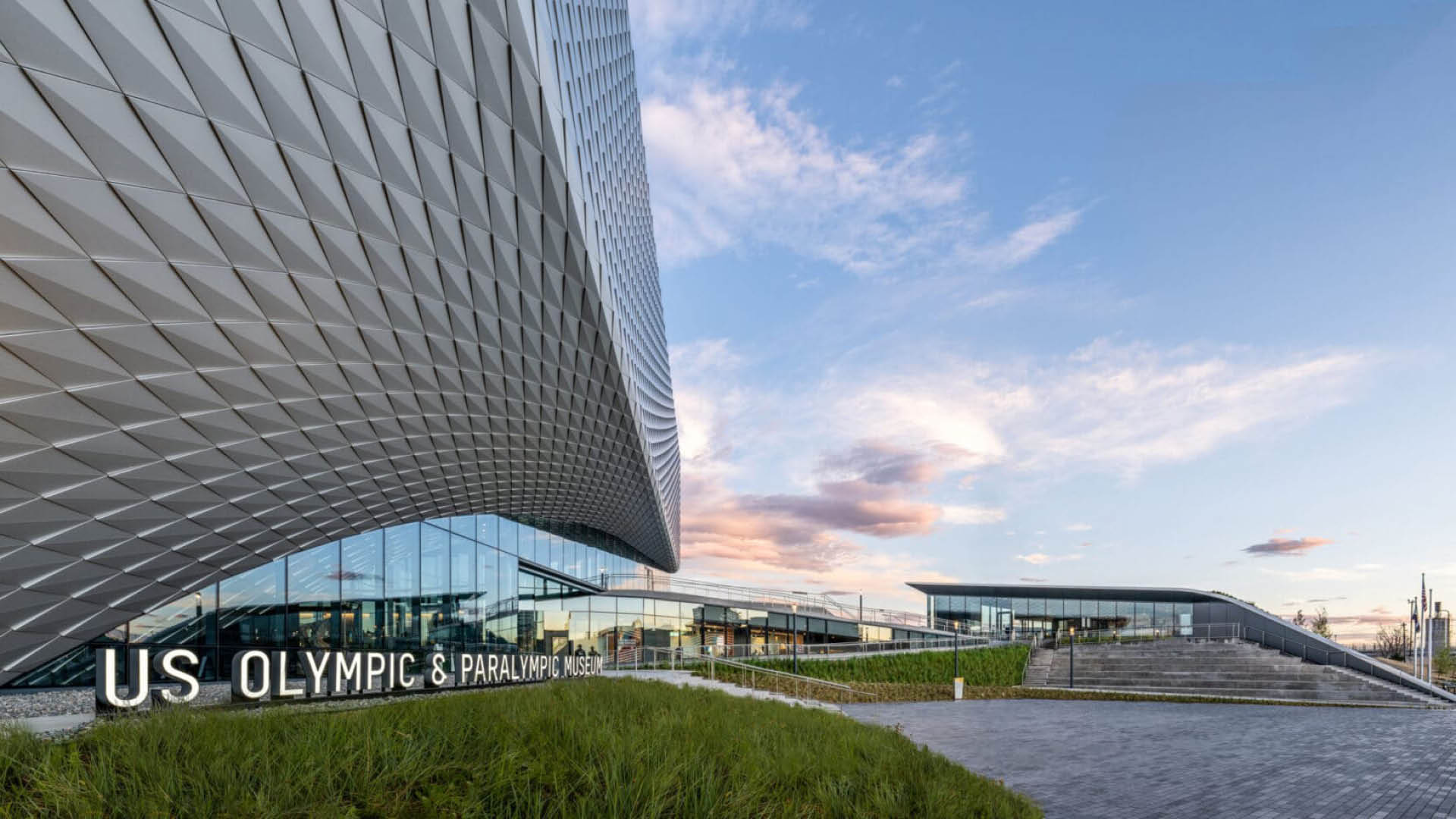
US Olympic and Paralympic Museum, Colorado Springs, US
Are you yet to find a museum that allows you to personalise your experience based on your accessibility requirements? Me too, but the US Olympic and Paralympic Museum, located south of Denver in Colorado Springs, offers just this. Upon arrival, audio description and large and high-contrast text can be selected and implemented throughout the museum’s exhibits to provide a meaningful and accessible journey for visitors through various inclusive and immersive activities.
“The interactive gallery is a visitor favourite, offering guests an immersive experience in both Olympic and Paralympic sport,” says Annie Rosack, the museum’s marketing and programmes manager. “Visitors can try their hand at a range of activities including archery, goalball, skeleton, sled hockey and athletics. On the 30-metre track, guests can select an athlete with similar accessibility needs to themselves and compete virtually against them. These include Olympians Jesse Owens and Carmelita Jeter, and Paralympians such as double amputee Hunter Woodhall, visually impaired athlete David Brown and wheelchair athlete Jean Driscoll.” This diverse experience celebrates the spirit of athleticism, and provides inspiration and empowerment for all visitors.
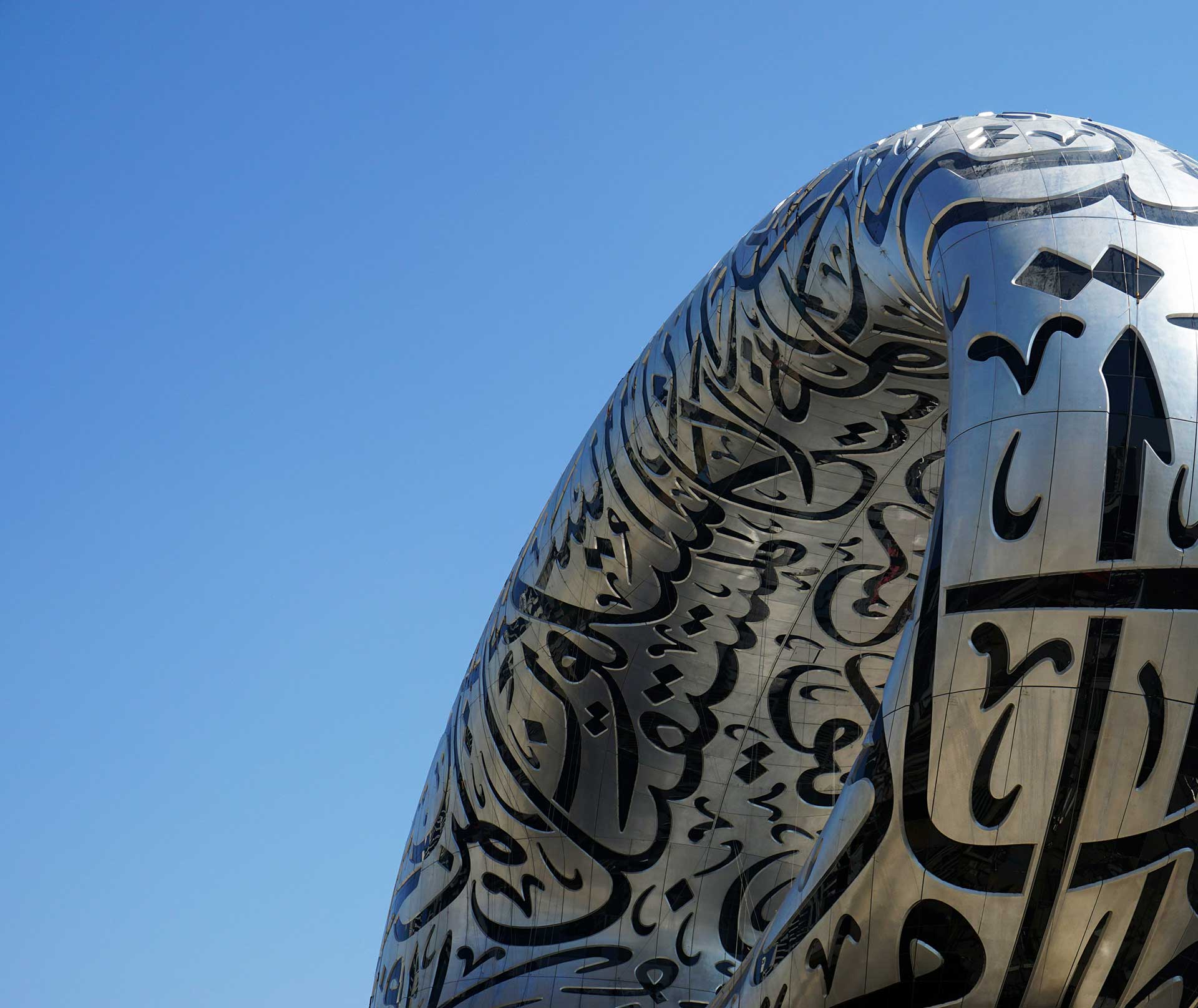
Museum of the Future, Dubai
A cutting-edge building with innovative exhibits and ideas, and a storyline that encourages visitors to explore what life might look like in the year 2071, the Museum of the Future is a must-visit if you’re in Dubai. While the popularity of the museum results in a lack of quiet, restful areas, and the visual displays require a relatively dark environment in some places, the overall accessibility of the space is of excellent standard. Disabled visitors – known as people of determination in Dubai – can explore the museum free of charge with one companion.
Neurodivergent visitors might enjoy the Heal Institute and Al Waha, both of which explore sensory engagement and how we can improve wellness in society for the planet and ourselves. Al Waha houses touch therapy and sound therapy rooms, as well as a floor-based exhibit that changes in response to visitor movement. Tickets to the museum often sell out fast, so book in advance.
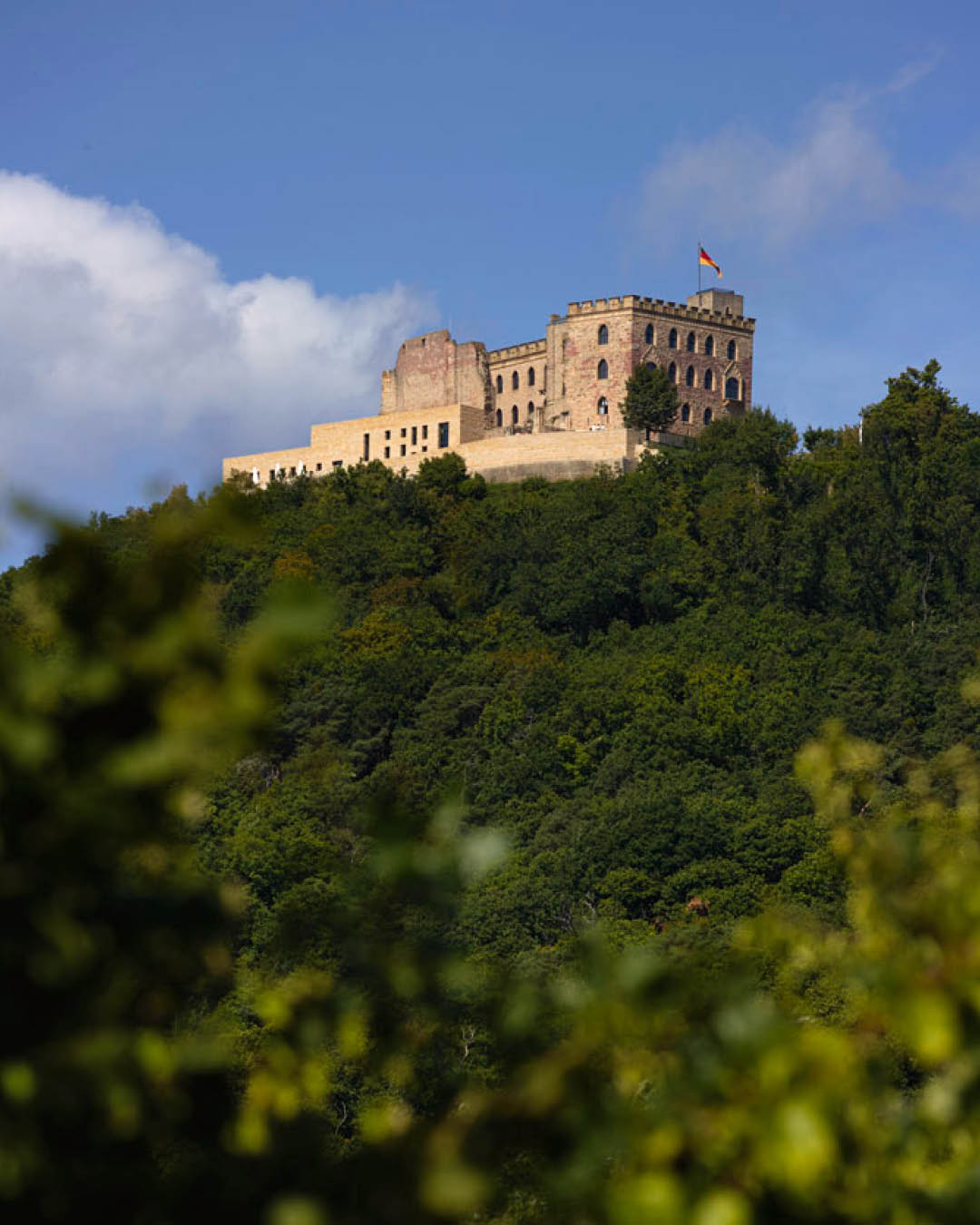
Hambach Castle, Rhineland-Palatinate, Germany
The thought of visiting a castle might not strike you as an accessible experience, but Germany’s 12th-century Hambach Castle is leading the way in protecting and celebrating historic environments while expanding its accessibility to be as inclusive as possible. Certified by the prestigious UK-based Tourism for All charity, the venue boasts ample accessible parking and barrier-free access to all floors via a stunning central lift in the centre of the historic castle. Hambach Castle also has touch tours for visually impaired visitors, as well as easy-read information for those with learning disabilities. The view overlooking the vineyards below is a standout.

Wellcome Collection, London, UK
A free museum and library in central London that explores health and the human experience, the Wellcome Collection provides excellent accessibility for wheelchair users, quiet areas, workshops specifically designed for disabled communities, and British Sign Language tours. It is the go-to place for inclusive permanent and temporary exhibitions: for example, the permanent exhibition “Being Human” explores the ever-evolving subjects of health and identity, including disability.
The museum’s new art exhibition “Jason and the Adventure of 254” is on show until January 2025. “The exhibition delves into the transformative moment of artist Jason Wilsher-Mills’ diagnosis of an autoimmune condition, triggered by contracting chickenpox at the age of 11,” says Shamita Sharmacharja, curator of temporary exhibitions for Wellcome Collection. “Paralysed from the neck down until the age of 16, and unable to physically explore the wider world around him, the artist came to inhabit an interior world filled with action heroes, TV shows, films, comics, books and his vivid imagination.”
The gallery has been reimagined into a hospital ward to represent cultural and societal perceptions surrounding disability, medicine and the human body. “Through a kaleidoscope of colours and a touch of magical realism, the exhibition is a celebration of Jason’s family, his working-class background, and the opportunities he received through hospital education. He invites audiences to explore concepts of childhood, memory and creativity through his trademark tongue-in-cheek humour,” continues Sharmacharja.

Blue Lagoon, Iceland
The Blue Lagoon, a geothermal spa located just outside of Grindavik in Iceland, will certainly surprise you – both in terms of its magical surroundings and the accessibility it offers. Accessible changing rooms, well-trained staff and a specially designed water wheelchair are at visitors’ disposal. Enjoy a silica mud mask, sauna and steam rooms, and even an in-water bar. Whatever you do, don’t miss dinner at the Lava Restaurant – still one of the top three meals I’ve had in my life, six years after visiting.

The Louvre, Paris
With Paris’ 2024 Olympic and Paralympic Games around the corner, it’s only right to mention the world’s most visited and largest museum – the Louvre. While its sheer vastness isn’t necessarily favourable in terms of accessibility, the efforts to provide step-free access – including the circular elevator in the famous pyramid entrance, affectionately known as the tube – are impressive. There’s also a dedicated tactile gallery to allow visually impaired visitors to break those all too familiar rules and engage in an accessible, immersive experience through touch.
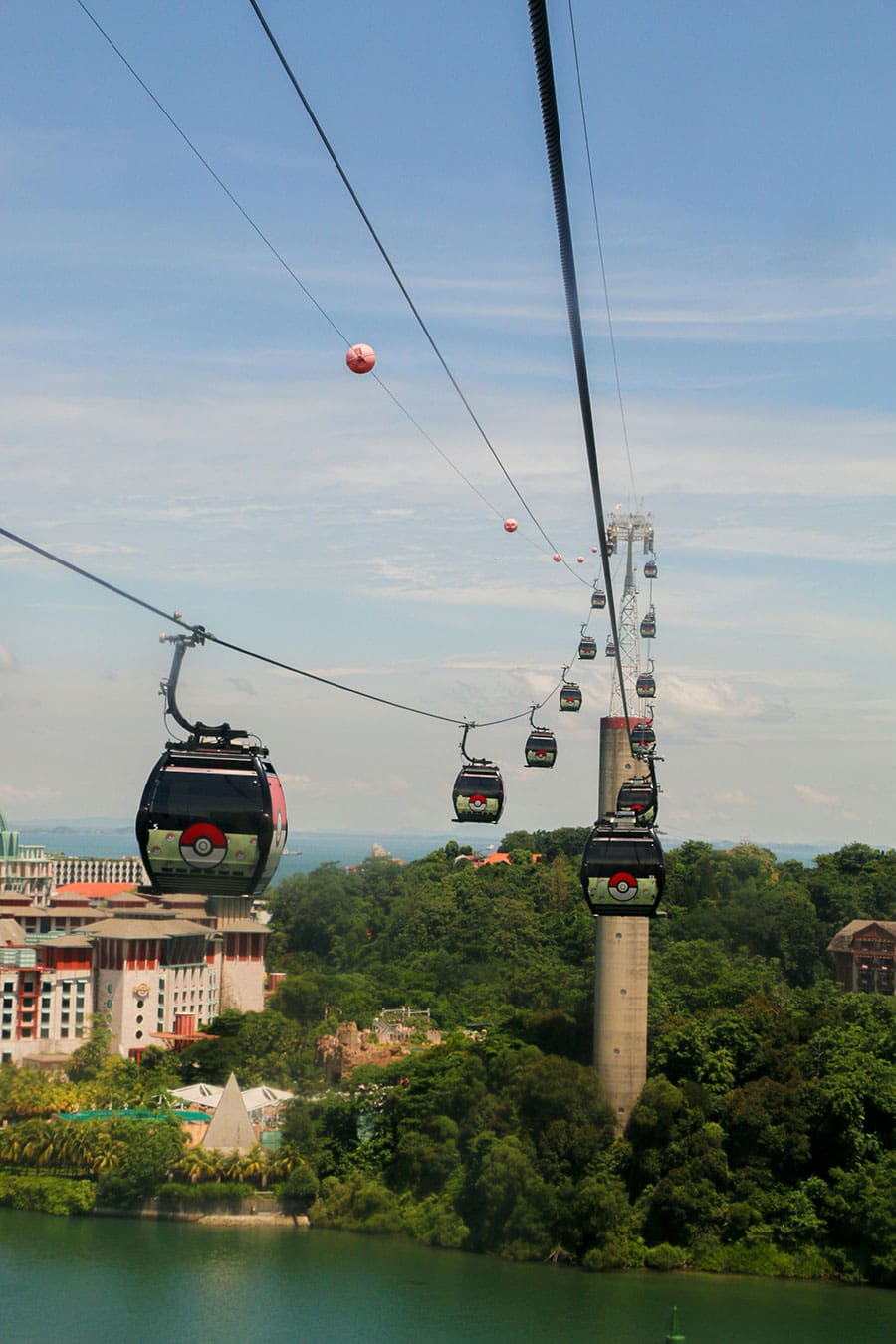
Sentosa, Singapore
Singapore’s Sentosa island offers a plethora of accessible entertainment and attractions, and receives up to 25 million visitors every year. Arrive via the wheelchair-accessible cable car, take the barrier-free Fort Siloso Skywalk, or decompress at Sentosa Sensoryscape. The immersive public park is replete with a tactile trellis, scented trails and symphony streams. Beautiful beaches, luxury hotels and inclusive attractions also await. Singaporeans are highly regarded worldwide for their kindness and hospitality, so a helping hand is likely to be close by, should it be required.
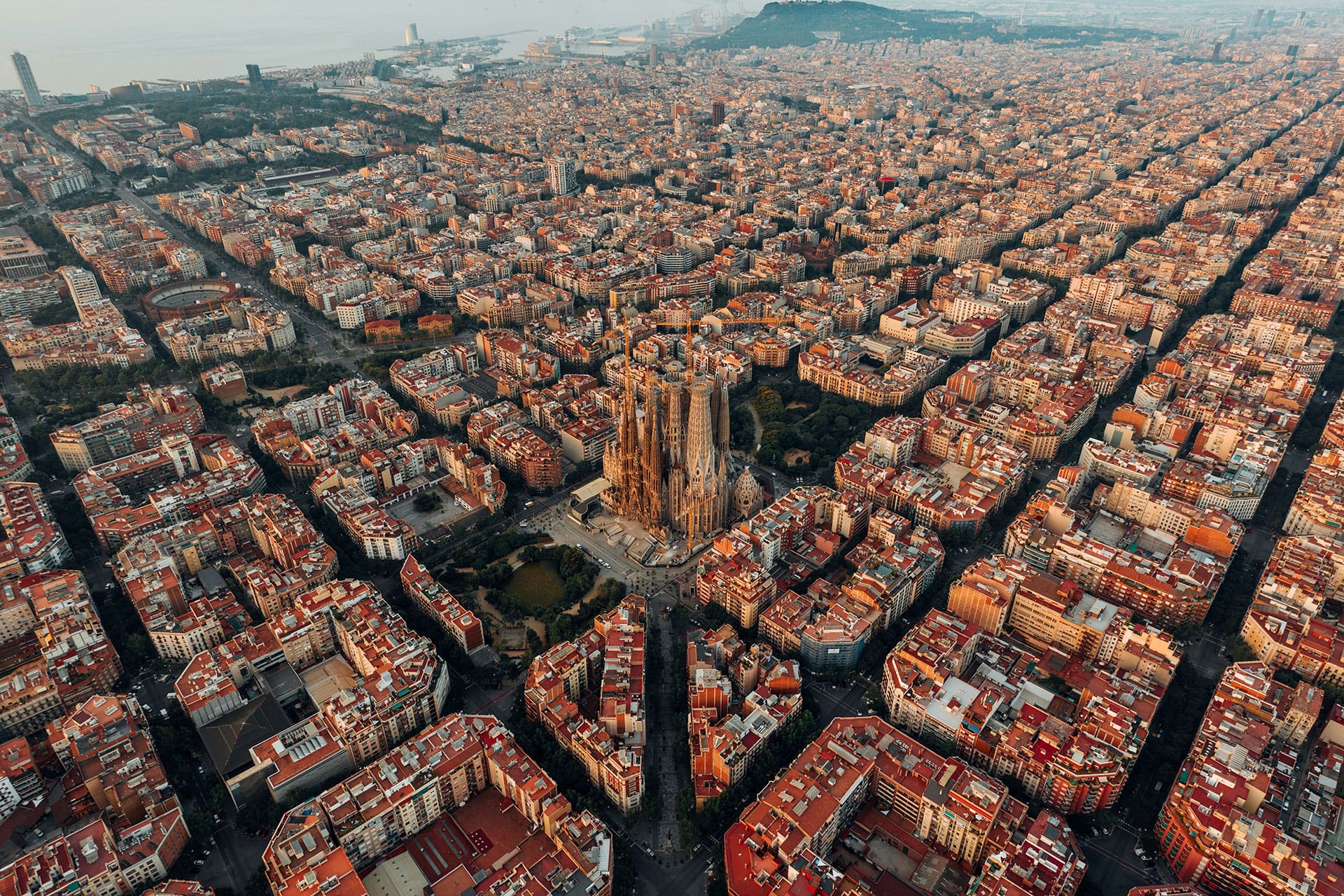
Sagrada Familia, Barcelona
One of the most accessible cities in the world, with barrier-free beaches and a metro system offering step-free access at 92% of its stations, it is difficult to highlight one accessible and pioneering venue in Barcelona. However, the architectural marvel of Sagrada Familia, and the ongoing accessibility initiatives that have been made across the 140-year build – which is due to complete in 2026 – are tough to beat. Disabled visitors receive free admission and enter via an accessible entrance. Although the towers are not accessible for wheelchair users, remaining on the ground floor to take a moment to reflect, surrounded by a tapestry of colour is more than worth it. Sign language guides are available for deaf visitors, and audio guides for visually impaired visitors have been introduced to help describe the presence of light and colour, and encourage the touch of certain objects to get a better sense of the space.


